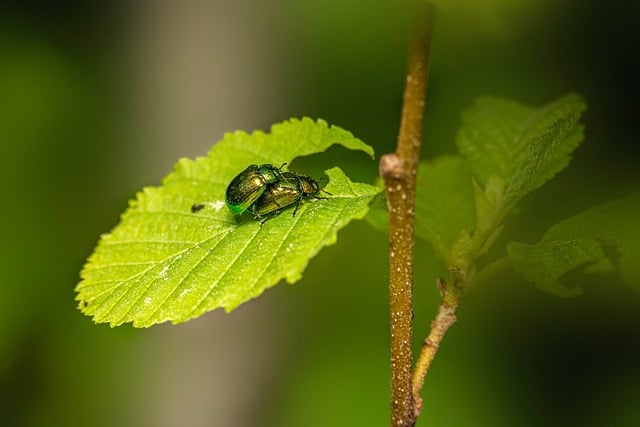Englewood residents dealing with wildlife odors from chimneys often ask, "What animal is making noise in my Englewood chimney?" Various creatures like squirrels, birds, raccoons, and bats find chimneys appealing for nesting. Professional wildlife control services safely remove animals and remediate odors using specialized equipment and eco-friendly solutions. To prevent future incidents, seal entry points, maintain structural integrity, keep property tidy, trim trees, ensure proper ventilation, maintain the chimney, and use natural repellents.
Are you tired of that persistent, unpleasant odor wafting through your Englewood home? It could be a sign of unwelcome guests—wildlife! From squirrels to raccoons, these critters can leave behind pungent aromas that are tough to eliminate. This article delves into the world of wildlife control odor remediation, exploring common culprits behind chimney-related odors and providing expert tips on ridding your home of these unwanted scents for good. Learn how to identify what animal is making noise in your Englewood chimney and take back your fresh air.
- Understanding Wildlife Odors and Their Sources in Englewood Chimneys
- The Process of Wildlife Control Odor Remediation
- Tips for Preventing Future Wildlife Invasions and Maintaining a Fresh Home Environment
Understanding Wildlife Odors and Their Sources in Englewood Chimneys

Wildlife odors can be a perplexing and unpleasant surprise for Englewood residents, often stemming from unexpected sources like chimneys. The question, “What animal is making noise in my Englewood chimney?” arises frequently due to the diverse range of wildlife capable of taking up residence in these structures. From squirrels and birds to raccoons and bats, various creatures find chimneys appealing for their nesting and den-making activities.
These animals leave behind distinct scents as they scurry about, nest, or defecate within the chimney’s confines. Urine, droppings, and dander can lead to strong, unpleasant smells that permeate homes. Understanding the potential culprits and their unique odors is crucial in identifying and addressing the issue effectively. Professional wildlife control services are equipped to handle these situations, ensuring safe removal of the animal and thorough odor remediation to restore a fresh indoor environment.
The Process of Wildlife Control Odor Remediation

When you’re dealing with a wildlife control odor remediation situation, understanding the process is key. The first step involves identifying the source of the issue – often, it’s a small animal like squirrels or birds that has made your Englewood chimney their home. Once located, professionals use specialized equipment to safely remove any animal remains, debris, and scent marks left behind. This meticulous process ensures the removal of not just visible evidence but also odor-causing substances at their source.
Next, thorough cleaning is undertaken using eco-friendly solutions that are safe for both your home and the environment. These solutions break down and eliminate persistent odors caused by animal urine, feces, or other secretions. After cleaning, a deodorizing agent might be applied to neutralize any remaining smells. Throughout the entire process, professionals ensure minimal disruption to your household while delivering effective wildlife control odor remediation services.
Tips for Preventing Future Wildlife Invasions and Maintaining a Fresh Home Environment

If you’ve recently dealt with a wildlife invasion, such as a squirrel or raccoon in your Englewood chimney, it’s crucial to take preventive measures to avoid future incidents. Start by sealing off any potential entry points around your home, especially focusing on chimneys, vents, and openings larger than 1/4 inch. Regularly inspect these areas for loose mortar or gaps in flashing and promptly repair them. Keep your property tidy by removing potential food sources like pet food, garbage, and bird feeders, which can attract wildlife. Trim trees and shrubs away from the house to make it more difficult for animals to climb and gain access.
To maintain a fresh home environment post-wildlife removal, ensure proper ventilation and air circulation. Regularly clean and maintain your chimney to prevent odor buildup and potential structural damage. Consider using natural repellents like cedar shavings or citrus scents in areas where wildlife might try to enter. By combining these preventive measures, you can significantly reduce the likelihood of future wildlife invasions and keep your home environment fresh and comfortable.
If you’re dealing with unwanted wildlife in your Englewood chimney, it’s crucial to understand the source of the problem. By identifying the culprit using techniques like those discussed in this article—from understanding common culprits like squirrels and raccoons to employing professional odor remediation services—you can effectively address and prevent future invasions. Remember, prompt action is key to maintaining a fresh home environment. Implement preventive measures such as regular inspections and maintenance to keep your chimney secure, ensuring peace of mind for you and your family.
